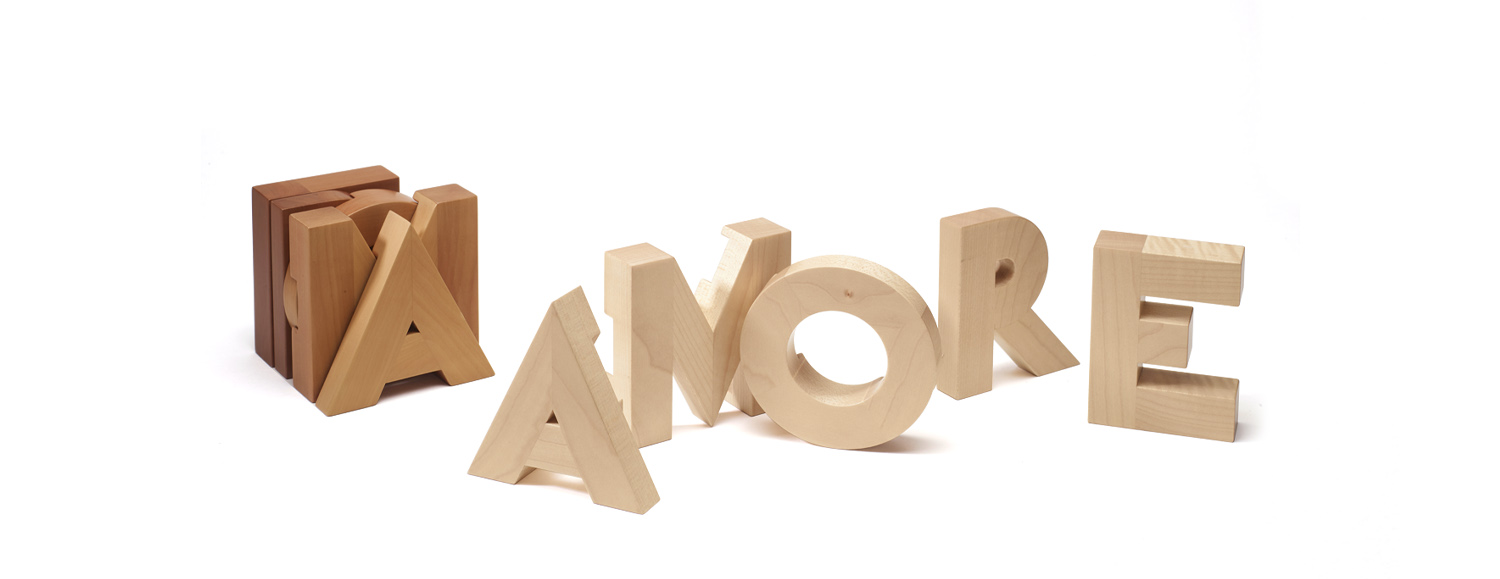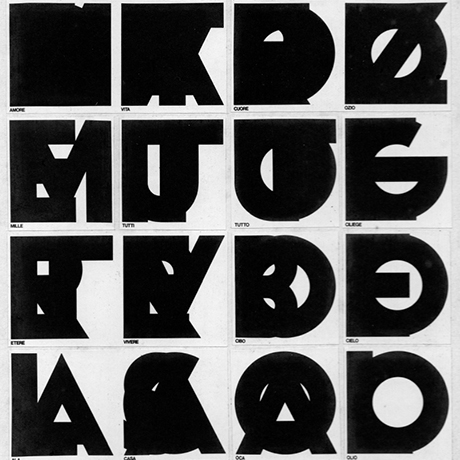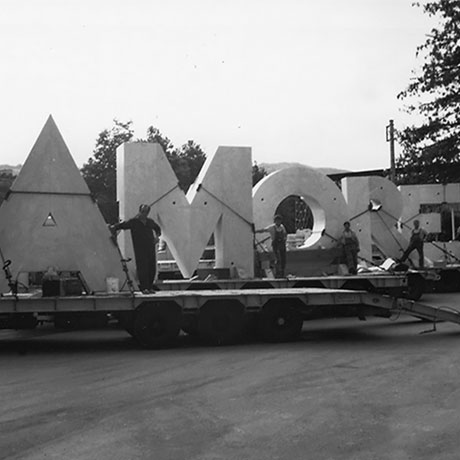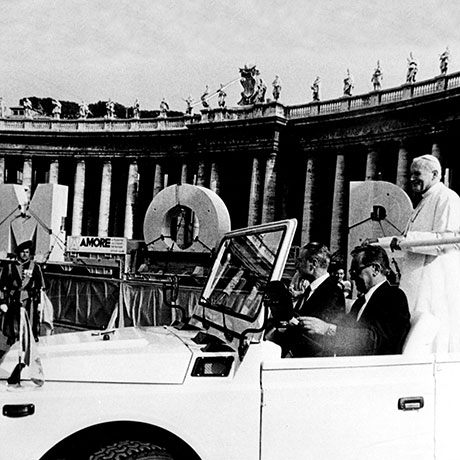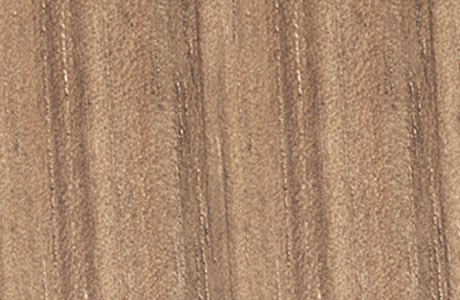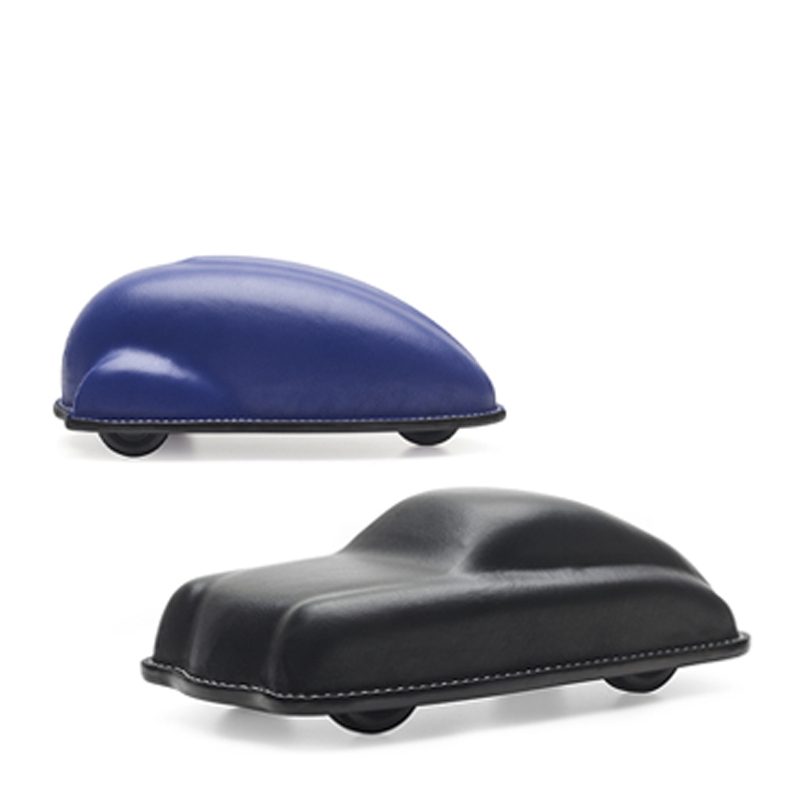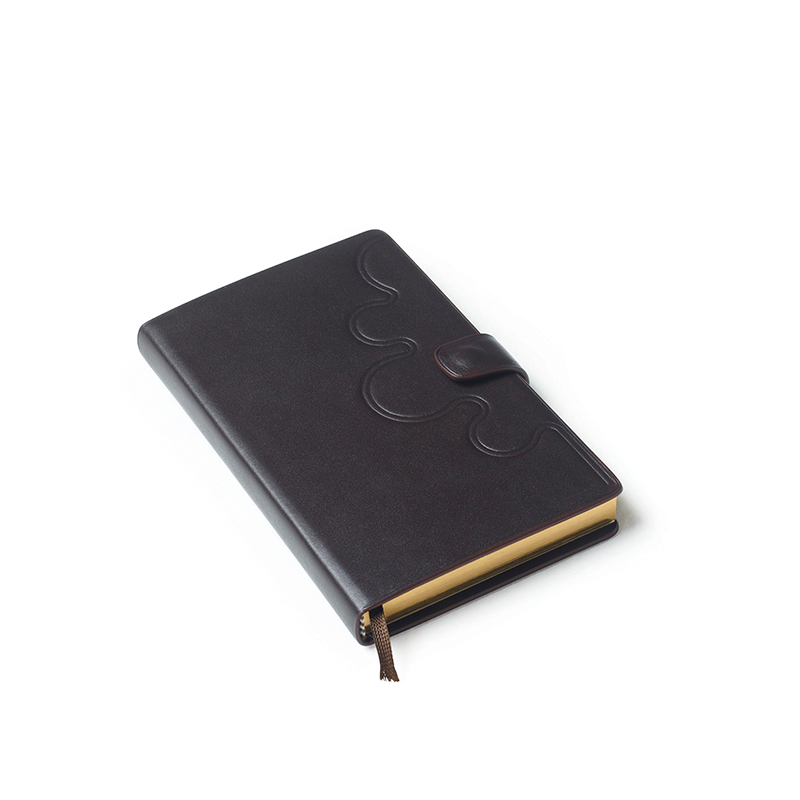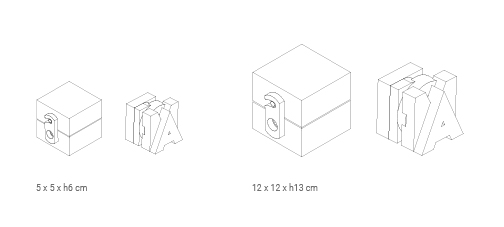The Parola Amore (“Love”) was created in the sixties, from an original idea by Pino Tovaglia who also designed the Bottega Ghianda symbol. It is produced in different types of wood, and the letters can be slotted together to compose a cube. Handmade and hand assembled, then finally polished with loving care.
Product Details
Technical specifications
The Story of a Handmade Artwork That Embodies Design, Culture, and Brotherhood
Pino Tovaglia, one of Italian most meticulous graphic designers, delved into the Codice Tondo to explore the perceptual process of characters. This study focused on alphabets, specifically on the 'in-depth' legibility of a word achieved by layering letters to create a three-dimensional effect. Tovaglia's exploration with the word "AMORE" led to a collaboration with Bottega Ghianda and the creation of a wooden sculpture that was exhibited in 1975 at Ugo Carrega's Alfabeti al Mercato del Sale exhibition.
The graphic and poetic journey of AMORE took on new life in 1981 when it transformed into the Monument of Fraternity, a 3.3x3.3m marble sculpture gifted by Italy to the Council of Europe. Blessed in Rome by Pope Giovanni Paolo II, the monument now stands in the gardens of the Council's headquarters in Strasbourg.
In 2023, the centenary of Pino Tovaglia’s birth, Bottega Ghianda paid tribute to the designer by creating a unique piece of his work in solid maple wood, with letters standing 98 centimeters tall. The piece was entirely handcrafted by the skilled hands of Bottega Ghianda’s master cabinetmakers.
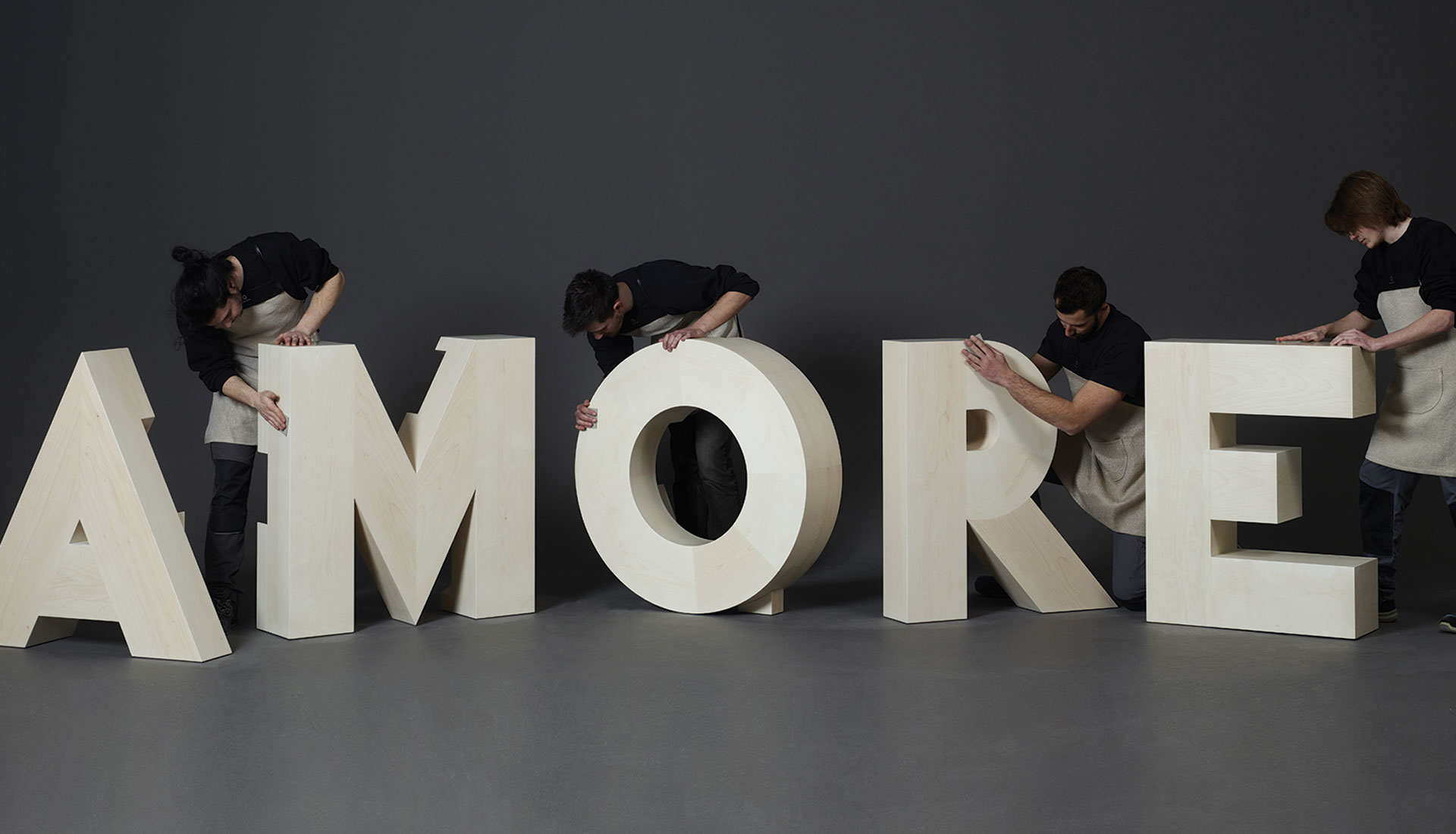
Essence and finishings
Bottega Ghianda carefully selects the quality of materials such as essences, leathers and fine fabrics that make each product unique.
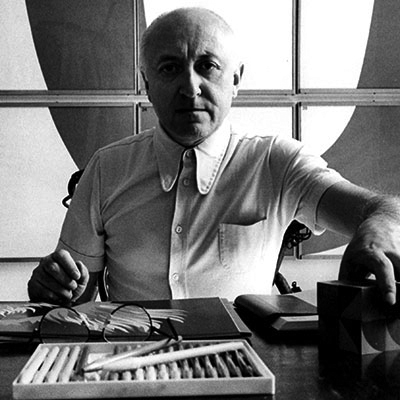
Pino Tovaglia
Pino Tovaglia was born in Milan in 1923. At the age of 14 he began working as a textile designer: thus began his exploration into the world of visual communication. In 1944 he attended the High School of Art at the Castello Sforzesco in Milan, where he had Usellini and Carrà as teachers and became the assistant of the last one at the age of 19. After his first work experiences, Tovaglia embarked on a freelance career and, between 1945 and 1956, worked for Finmeccanica, taking care of an ad campaign that would confer him a mention on Graphis. In 1957 with Giulio Confalonieri, Ilio Negri and Michele Provinciali he founded the CNTP studio, a grand experiment that would be short-lived. Two years later he joined the Exibition Design research group with Coppola, Confalonieri, Grignani and Munari. From 1967 to 1970 he was art director of Pirelli; he was also in charge of the image of companies and publishing groups such as Ottagono, Alfa Romeo, Regione Lombardia (with Munari, Noorda and Sambonet), Fai, Fini, Touring Club, and of advertising campaigns for various companies. In 1968 he was president of the Art Directors' Club. His design journey continues between art and graphics with the three-dimensional design project AMORE, an experiment in typographic research, "based on the deep, non-linear reading of the letters" that make up the word A-M-O-R-E. A sculpture of AMORE is permanently displayed at the entrance to the Council of Europe headquarters in Strasbourg. He died on November 30, 1977 at the age of 53, leaving behind the enormous contribution of his rigorous visual research.
